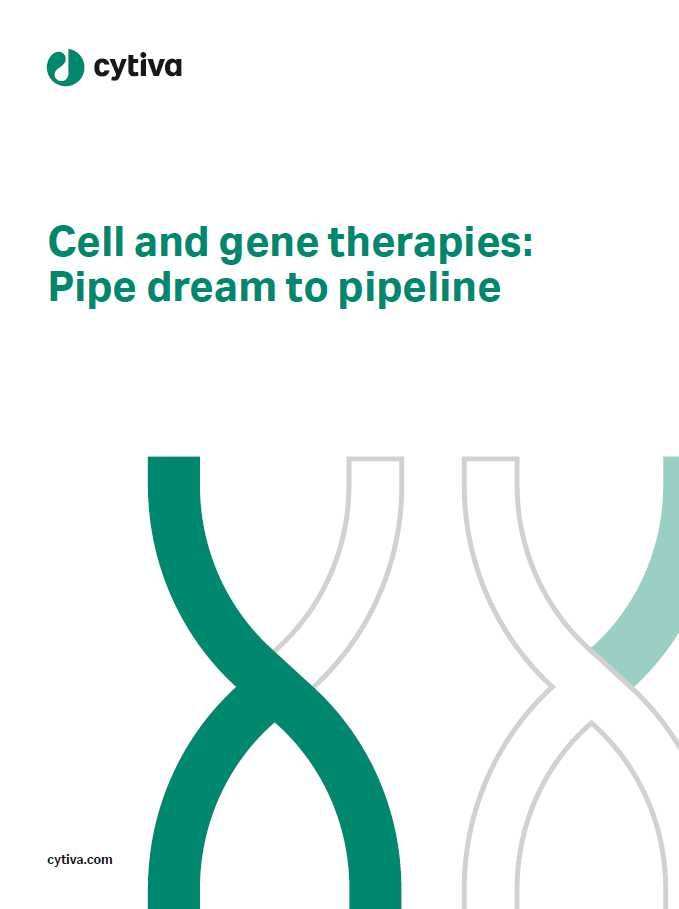

A Phase I/II trial (NCT05603312) with MeiraGTx’s AAV-GAD Parkinson’s disease gene therapy has met its primary endpoint.
The sham-controlled bridging study evaluated the company’s AAV-GAD therapy over 26 weeks in 14 patients across three arms, high-dose, low-dose and a sham control. At week 26, the high dose group was found to have a statistically significant 18-point average improvement in their ‘off’ score on the Movement Disorder Society – Unified Parkinson’s Disease Rating Scale (MDS-UPDRS) Part III Parkinson’s disease measurement score.
In the 15 October announcement, Alexandria Forbes, president and CEO of MeiraGTx said “a change of five to 10 points is considered clinically meaningful”. She added: “The 18-point change observed in the high dose arm in this study underscores the very substantial impact of AAV-GAD treatment in these Parkinson’s patients.”
The high- and low-dose groups were each made up of five patients, while the sham group consisted of four. The low-dose and sham groups saw no significant change in their score, but the primary endpoint of safety and tolerability was met.
Speaking to this point, Dr. Ali Rezai, principal investigator of the study said: “These safety and outcome results are excellent. The extent of motor score improvements in patients who received the high-dose treatment combined with significant quality of life improvement measures are very encouraging for both patients and physicians.”
By week 26, both low and high-dose groups saw significant improvements in quality of life compared to their baseline Parkinson’s Disease Questionnaire (PDQ-39) (PDQ-39) scores, a measure that uses a patient response questionnaire. In the high-dose group, the PDQ-39 score improved by eight points from the baselines, while the low-dose group improved by six. The sham group saw a small worsening of 0.2 points.
MeiraGTx also said that no AAV-GAD-treated subjects experienced worsening Parkinson’s disease as an adverse event. Following the trial’s success, the company said that a Phase III study will be initiated in 2025.
There are 10 million Parkinson’s patients worldwide, making it the second most common neurodegenerative disease after Alzheimer’s disease. Most patients respond to dopamine therapy initially, but effectiveness decreases, and, for around half of Parkinson’s patients, oral therapy is ineffective within five years. Long-term use is also associated with complications such as levodopa-induced dyskinesia and motor fluctuations.
AAV-GAD works by delivering the glutamic acid decarboxylase (GAD) enzyme to the subthalamic nucleus in the brain. GAD catalyses the conversion of glutamic acid into the amino acid gamma-aminobutyric acid (GABA), alleviating the dysfunction of the subthalamic nucleus and, in turn, reducing motor symptoms.
Patients receive AAV-GAD as a one-time therapy administered through an infusion. It involves a minimally invasive procedure which does not require general anaesthesia.
Editorial content is independently produced and follows the highest standards of journalistic integrity. Topic sponsors are not involved in the creation of editorial content.




